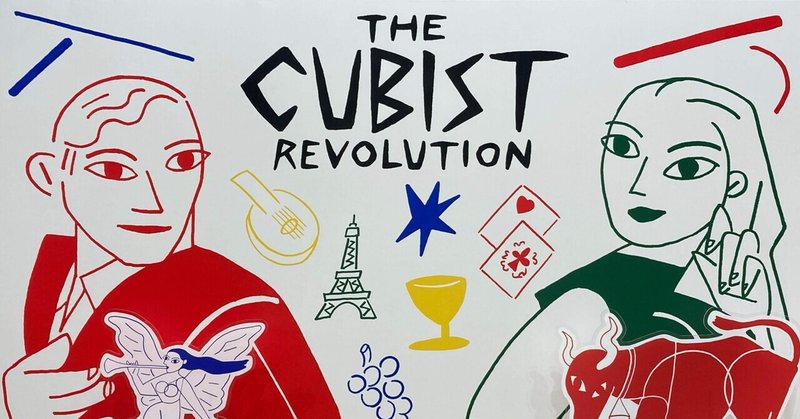
Exhibition "Cubism: A Revolution in Beauty"
“Well, you know, Picasso was actually a very skilled painter.”
How many times have I had such a conversation in my life?
It proves that Picasso's cubist works have confused and significantly impacted the general public's senses.
Me in elementary school: "Why are those strange pictures called great? I feel like even I could paint like this."
Me in the present: "How did cubism come to be appreciated in the art world?"
The exhibition “Cubism: A Revolution in Beauty” has answered my long-held question.
To be precise, cubism was an inevitable consequence of the changing times. Originally, paintings were used as a substitute for photographs. However, with the advent of the camera, cubism appeared as a new form of expression that attempted to incorporate three dimensions into paintings that were impossible with photography.
At the exhibition, not only Picasso's works could be seen, but many others from the Cubism Era. The collection clearly showed how the artists at the time were trying to master cubist expressions while competing with other painters on how to paint things three-dimensionally on a flat canvas.
At the same time, the style of architecture also changed with the times. Le Corbusier appeared on the scene and developed a style called modernist architecture. Cubist paintings were more suited to his architecture rather than Renaissance paintings. For me, that makes sense.
The exhibition reminds me that Charles Darwin said, “It is not the strongest of the species that survives, nor the most intelligent that survives. It is the one that is most adaptable to change.”
If I think about such a situation, artificial intelligence may apply to photographic work in the past as AI tools are certainly helpful. If we continue searching for new ways of expression using AI and try to develop them, it may be the key to opening up the next era positively.
この記事が気に入ったらサポートをしてみませんか?
